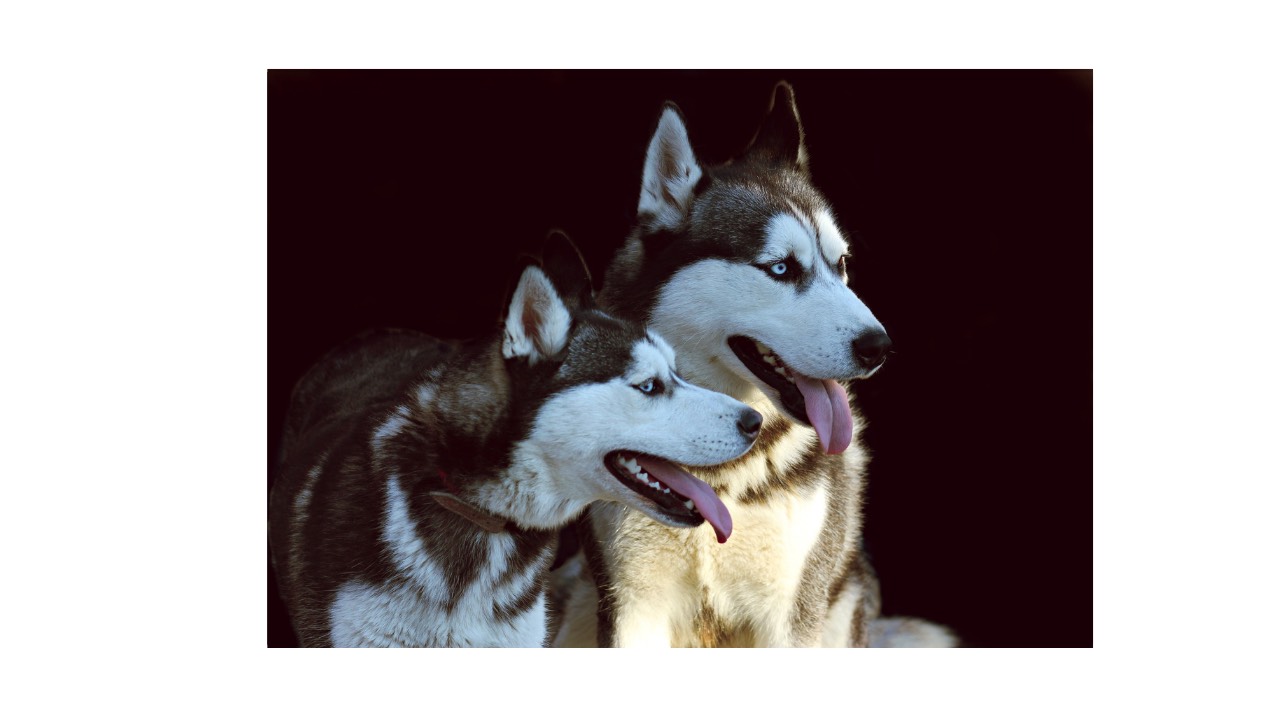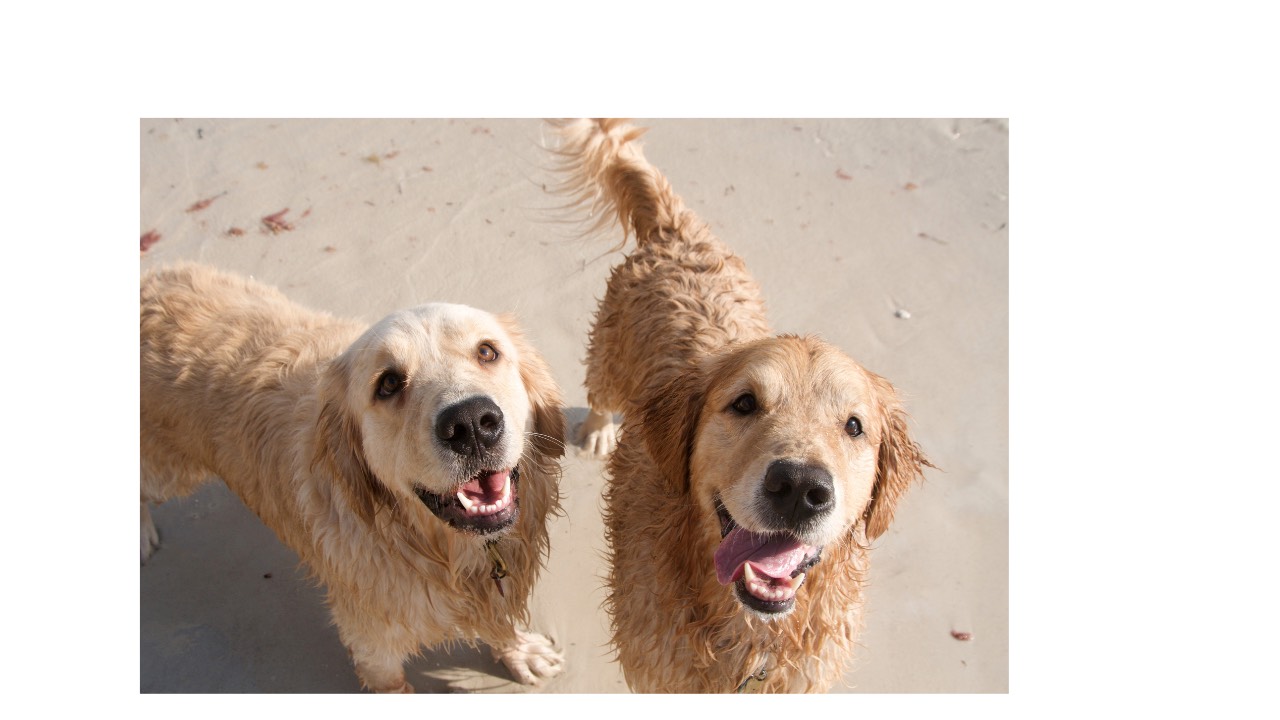How To Teach A Puppy To Sit
Aug 01, 2024Teaching your new puppy to sit is an important milestone. As one of your pup's very first cues, "sit" brings a vital sense of structure to the human-canine relationship. Whether this is your first dog or your twentieth, the question of when to teach your dog to sit is a question faced by every new puppy parent.
Overview
Maintaining a reliable schedule for your puppy while implementing training sessions for the first time is imperative, and their mastery of the training won't happen overnight. Training a dog to be a good family member can take four to six months. Your puppy needs you to commit to the entire training period because otherwise, how else will they learn?
Inconsistent or lapsed training for several days or weeks can delay your progress and may lead to stress for both you and the new puppy. You must maintain patience with your puppy and the process and always use positive reinforcement. Because building up to more advanced training cues takes time, "Sit" is a perfect place to start for many new puppy parents.
Can you teach an old dog new tricks?
While the saying does not apply to a new puppy, younger puppies are more flexible and open to learning. Instilling rules and respect in your dog early is vital; a puppy training schedule will help you and your dog feel structured.
Generally, starting at a young age rather than later is more effective when training a puppy and will save new puppy parents a lot of frustration down the road. Most puppies can be sent to their forever homes at around eight weeks old, and this is also around the time that many puppies are ready to start training. You will find that your training skills are most effective with young puppies.
Training Basics: how to teach a puppy to sit
The Canadian Kennel Club recommends two main styles of puppy training sessions to ensure your pup learns to sit. Both puppy training tips include positive reinforcement in the form of food rewards. The best-known technique of these is called "luring." Luring is holding a treat in front of your pup as a lure and using verbal cues like "sit."
After practicing basic cues such as "Sit," the puppy starts associating the word "sit" with the sitting position and the food reward. When using the luring style of puppy training, you can reward your puppy the second they achieve a sitting position. Using this method, it is common to accompany the word "sit" with a hand signal. The appeal of the luring method is that you can keep training sessions short.
The second training program is called capturing. Like luring, capturing helps the puppy learn that obeying basic obedience cues comes with a reward. However, capturing is more complicated and may be part of a more elaborate puppy training schedule that teaches your puppy to learn new things, even as an adult dog. Instead of holding a treat out to your dog, hold the jar containing the treats. Having the container instead of a treat allows your puppy to infer whether or not a treat might be coming. When your puppy sits, give them their treat, but step away or move aside, so the puppy focuses and reorients itself relative to you. Cue your puppy to sit again. Give them another treat.
Capturing forces your puppy to think, and because it feels more like a fun game than obedience training, it is an excellent opportunity to bond with your new dog. Game playing, especially around treats, are a great way to bring joy and comfort to your pup's life. The element of extra challenge also makes the capturing method a fun way to begin training other cues with older puppies who already know how to sit.
Regardless of how you teach your puppy to sit, positive reinforcement is vital to their success and yours. More importantly, negative reinforcement is likely to backfire. Patience during puppy training is essential. Do not yell at your puppy if they do not understand as quickly as you would like them to and, whatever you do, never physically force your puppy into the sitting position yourself. This can hurt or stress them and damage the trust you have worked so hard to create. Remember, dog training is a partnership between a human and a puppy. While you teach your puppy, you are also learning to understand them.
Why you should train your young puppy to sit
As we’ve talked about, teaching your puppy to sit is a great way to create structure and help them feel grounded. A dog with a solid foundation in basic training is often more prepared to join you in everyday life, whether it’s running errands, relaxing at the park, or visiting friends. For nervous or excitable dogs, a simple cue like "sit" can offer a moment of calm and remind them to look to you for guidance. While training isn’t a magic fix for everything, it can go a long way in preventing many common behaviour challenges and making life more enjoyable for both of you. Once your puppy is fully vaccinated and has had positive experiences socializing with other dogs, they can become a confident and well-mannered companion wherever you go!
More complicated cues
Teaching your puppy to “sit” may seem simple, but it’s one of the most important foundation behaviours. It’s a building block for more advanced training and helps your puppy learn to focus and listen. Leash training is equally important, especially if you plan to enjoy walks together—which are essential for your puppy’s physical and mental well-being, no matter their size or breed. Once the basics are in place, you can gradually introduce cues like “come” and “stay.”
Potty training is another key part of early training. While many new puppy guardians start with an indoor spot, it’s important to transition to outdoor potty breaks as soon as your puppy is ready. Establishing a clear routine, using positive reinforcement, and celebrating their success helps your puppy understand what’s expected. A strong foundation in basic cues can make this transition much smoother.
Socialization is also a vital part of early development. Exposing your puppy to new people, animals, and environments in a positive way sets the stage for a confident adult dog. It’s also a good time to help them feel secure when alone. Whether or not you choose to crate train, some puppies struggle with separation, even if there are other dogs in the home. A cozy bed, a favourite chew toy, and a predictable goodbye routine can go a long way in helping your puppy learn that being alone is safe—and that you always come back. Starting early with thoughtful training and consistency helps set your puppy up for a lifetime of success.
My puppy won't learn to sit. What can I do?
Some puppies have big personalities or boundless energy, which can make it harder for them to settle or pick up new cues right away. If it feels like your puppy isn’t quite catching on, especially with something like “sit,” it may be helpful to work with a professional. Whether you join a group puppy class or work one-on-one with a trainer, getting guidance can make a big difference—and give both you and your puppy the tools to succeed.
Puppy classes lead by a Certified Professional Pet Dog Trainer are a great option for those who want to be hands-on in the training process. Not only will your puppy have the chance to socialize with other dogs of a similar age, but you’ll also receive expert coaching and support. It’s a learning experience for both of you, and it sets the stage for a positive, lifelong bond.





